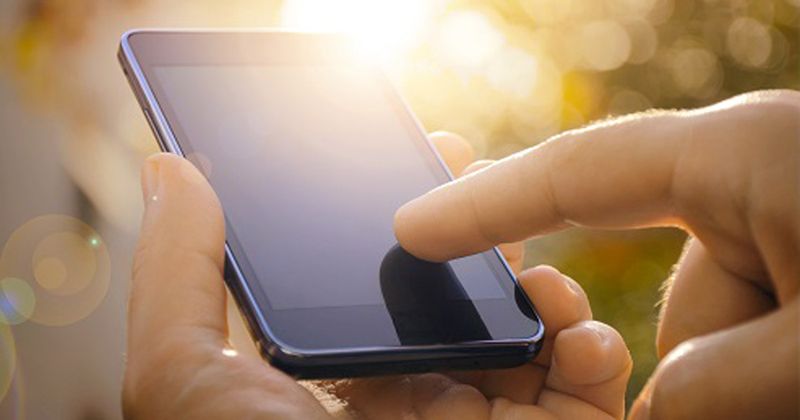Bilingual program improves BP in patients with previously uncontrolled hypertension
Key takeaways:
- Remote BP monitoring and a bilingual combination program improved BP control among initially uncontrolled patients.
- BP control was achieved in 55.4% of patients with previously uncontrolled hypertension.
Remote BP monitoring and use of a bilingual phone app improved BP control among more than half of participants with initially uncontrolled hypertension, a speaker reported.
Among Spanish-speaking users with uncontrolled hypertension at baseline, 66% achieved BP control at their final BP measurement, according to research presented at the American Heart Association Hypertension Scientific Sessions.

Image: Shutterstock
“Although medication to treat hypertension is effective, blood pressure has been historically challenging to control because patients need to make significant lifestyle and behavioral changes, too,” Irina Yermilov, MD, MPH, MS, chief medical officer of CAREMINDr, said in a press release.
Therefore, Yermilov and colleagues developed a novel patient engagement platform designed to improve BP control among patients with hypertension treated at federally qualified health centers.
The researchers enrolled 2,500 patients in a digital hypertension management program at 54 federally qualified health centers across the United States (mean age, 53.9 years; 38.6% men).
Patients were provided with a mobile phone app and home BP monitor and were prompted daily or weekly to submit their BP and answer questions about their medication in English or Spanish. Questions included queries about how often BP medication was taken, whether participants experienced any symptoms or adverse events, or whether they had issues getting their BP medications.
The app also provided included links to educational material about nutrition and mental health.
Health care professionals at the federally qualified health centers reviewed patients’ responses via a web-based portal that prioritized patients by level of concern based on the responses submitted via the mobile app. Clinicians were able to communicate with patients through the app or by phone call.
Patients who participated for 90 days or more were included in the analysis.
BP control was defined as BP less than 140/90 mm Hg.
The average duration of participation was 227 days.
Overall, 30.7% of patients had controlled BP at baseline, and the proportion with controlled BP increased to 61.2% at final BP measurement.
Among patients with uncontrolled BP at baseline, 55.4% achieved BP control at final measurement, according to the presentation.
Among 551 patients who used the Spanish language version of the app, 35.2% had controlled BP at baseline, which increased to 70.4% at final measurement.
Additionally, 66% of patients who used the Spanish language version and had initially uncontrolled BP at baseline achieved control at final BP measurement.
“We were surprised that more than 50% of participants in the program were able to attain blood pressure control. These results indicate combining the remote digital monitoring capabilities of the app with feedback from clinicians can improve rates of blood pressure control in a real-world, at-risk population, without increasing the overall cost of care,” Yermilov said in the release. “This digital management program has the potential to improve outcomes and decrease rates of uncontrolled blood pressure, leading to fewer heart attacks and strokes.”
Reference:
- 1 in 2 patients had better blood pressure control after using remote, bilingual program. https://newsroom.heart.org/news/1-in-2-patients-had-better-blood-pressure-control-after-using-remote-bilingual-program. Published Sept. 7, 2023. Accessed Sept. 11, 2023.

